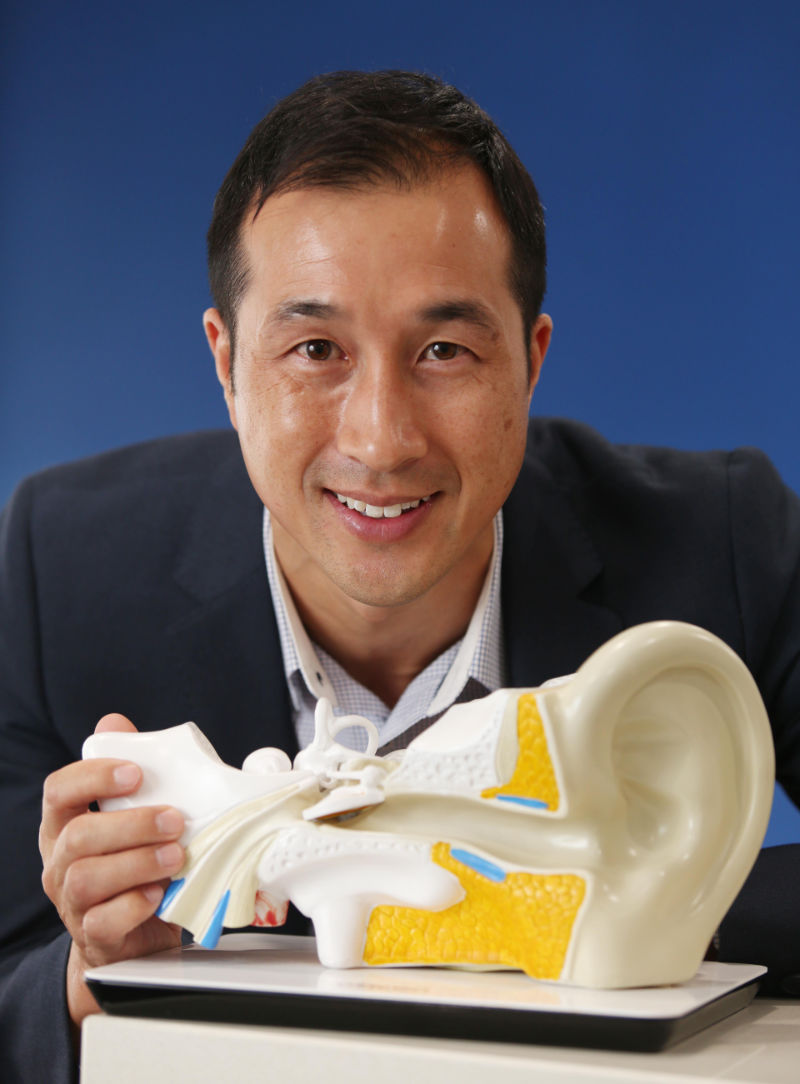Audiology Assessment
FOR THOSE WHO DECIDE TO TRIAL HEARING AIDS
Hearing aid fitting is a skill. It is also a collaborative process. The best fittings are achieved between a qualified and experienced audiologist and a motivated and willing client. You need to be actively involved.
Hearing aids store information on computer chips inside them. These chips must be programmed according to your hearing profile and specific needs. We perform a series of advanced measurements and analytics to deliver the best sound for your particular level of hearing.
During the fitting we will demonstrate the various features of the hearing devices. We make a point of showing you exactly how the devices work and how to care for them. Many hearing aids connect directly to your mobile phone and can be controlled by phone apps. Expert programming is required to get things working correctly. This programming and customisation is included in every fitting we perform.
The technology in modern hearing aids is extremely advanced and sophisticated but with the right audiologist to support you and help you to set them up correctly, they are really simple to use.

HEARING HISTORY
We start by asking you questions about your hearing history, and about how you feel your hearing is impacting on your day to day life. This helps us to understand why you have presented for hearing services and what results you would like to achieve through hearing rehabilitation.
WAX CHECK
We use an otoscope to check for wax, moisture, hair or any other foreign bodies resting in the ear canal. A good audiologist will always be able to see the ear drum. To sight the ear drum before having the hearing test is important, otherwise results may be inaccurate and misleading.
If the ear canal is obstructed, in most cases, we have the training and equipment required to clear the ear canal. We also have the use of video which allows us to show you on our screens what your ear canal and ear drum looks like.
MIDDLE EAR CHECK
Middle Ear Check (or Tympanometry) Is used to help determine whether the ear drum is healthy or not. It is quick and easy and helps us predict what type of hearing loss you might have. This is a useful diagnostic test for hearing health.
HEARING TEST (OR AUDIOMETRY)
You will be asked to take a seat in our special sound treated booth where you will respond to a number of different sounds and tones that are presented by your audiologist through headphones. We use the responses to plot a graph, called an audiogram, which represents your specific type and level of hearing. We will also present special words to you in a technique called “speech audiometry,” to determine whether hearing amplification can be used to improve your functional hearing at all.
The hearing test is the backbone of our assessment. It helps us understand why you are having particular problems with your hearing and it helps us determine the next step in management.

